Animals
-
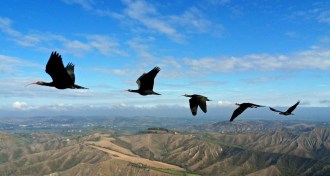 Life
LifeV-flying birds pick efficient flapping pattern
Ibises time their flaps to catch a boost from a neighbor’s wing.
By Susan Milius -
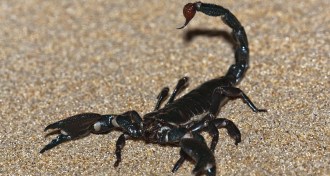 Genetics
GeneticsScorpion’s sting evolved from insects’ defensive proteins
With a single genetic mutation, an insect’s defensive proteins can be transformed into a toxin that gives scorpions their signature sting, a new study shows.
-
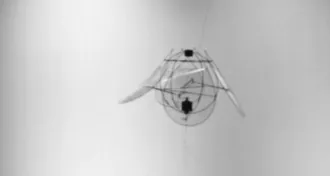 Tech
TechJellyfish-like flying machine takes off
Mimicking sea creatures instead of insects leads to better hovering, scientists find.
-
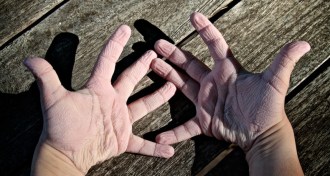 Animals
AnimalsWrinkle arises in soggy hand studies
An experiment bucks earlier finding that ridges help fingers grasp.
By Beth Mole -
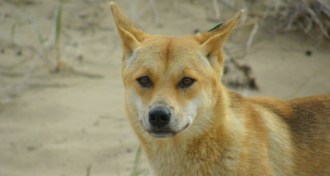 Animals
AnimalsTruths and lies about dingoes
A dingo really did take that woman’s baby, but other myths about the animals have been debunked.
-
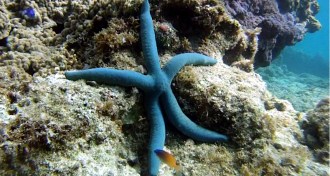 Animals
AnimalsFinally, evidence that a starfish’s eyes let it see
The sea star’s vision isn’t great, but it’s good enough to help the animal find its way home.
-
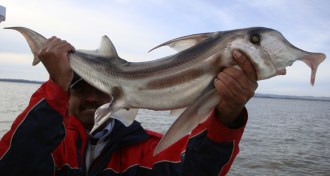 Genetics
GeneticsElephant shark genome small and slow to evolve
The animals have the smallest genome of non-bony fishes and the slowest-evolving genes among vertebrates, a study suggests.
-
 Animals
AnimalsDog-paddle science debunks notion of underwater trot
From Newfoundlands to Yorkshire terriers, canines swim with similar, distinctive gait.
By Susan Milius -
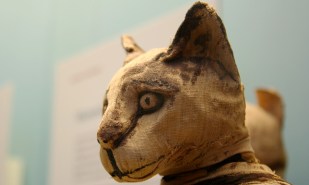 Archaeology
ArchaeologyAnimal mummies were a message direct to the gods
A new theory about the purpose of animals mummified by ancient Egyptians proposes that the cats, ibises and other dead critters were more than just simple sacrifices.
-
 Animals
AnimalsFlightless birds face extinction
New Zealand’s flightless birds have limped through the last few decades, but conservation efforts have had some success.
-
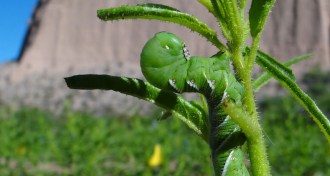 Animals
AnimalsSmoker’s breath saves caterpillars’ lives
Larvae of the tobacco hornworm caterpillar exhale nicotine, driving away predatory spiders.
By Susan Milius -
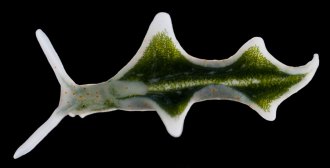 Plants
PlantsKleptoplast
A cellular part such as a light-harvesting chloroplast that an organism takes from algae it has eaten.